PHL banks to post double-digit loan growth, JPMorgan says

PHILIPPINE BANKS are expected to post double-digit loan growth this year on the strength of the consumer sector, JPMorgan Chase & Co. said.
The bank said in a market note that they expect Philippine banks’ loans to grow by 10-13% this year.
“Growth drivers have broadened, with consumer (credit cards) and power industry supporting growth, along with real estate. While sector loan growth could decelerate due to economic uncertainty, large banks remain better positioned…, which should allow for market share gains,” it said.
Outstanding loans of universal and commercial banks grew by 11.12% year on year to P13.25 trillion at end-April from P11.91 trillion in the same period in 2024, latest Bangko Sentral ng Pilipinas (BSP) data showed.
Consumer loans jumped by 24% to P1.67 trillion as of April, a tad faster than the 23.9% increase recorded a month prior. The BSP said this was driven by an increase in credit card loans, which rose by 29.3% in April, faster than 29% in March.
“Over the medium term, we see low double-digit growth rates as sustainable, given long-term average loan growth to GDP (gross domestic product) growth multiplier of 1.2x and a still underpenetrated market (54% loan to GDP). Further, liquidity is not a constraint (versus other markets), with LDR (loan-to-deposit ratio) currently at 74% as of April,” JPMorgan said.
The bank added that it does not expect the BSP’s ongoing easing cycle to put material pressure on lenders’ margins.
It sees a net interest margin (NIM) compression of 6 basis points (bps) this year and 9 bps in 2026, noting that while each 25-bp rate cut from the BSP translates to a NIM decline of about 3-4 bps for large banks, this could be offset by the reductions in reserve requirement ratios (RRR).
“Banks that are able to deliver (loan) mix shift could further limit the impact of policy rates,” it added.
On Thursday, the BSP delivered a second straight 25-bp cut, bringing its policy rate to 5.25% amid a benign inflation outlook and slowing economic growth. It has now reduced benchmark borrowing costs by 125 bps since it began its easing cycle in August last year.
BSP Governor Eli M. Remolona, Jr. said they could deliver one more 25-bp cut this year, but noted that they remain watchful of emerging risks, including geopolitical tensions and the global uncertainties brought about by trade policy shifts among the world’s largest economies.
Meanwhile, in March, the RRR of universal and commercial banks and nonbank financial institutions with quasi-banking functions was reduced by 200 bps to 5%.
The ratio for digital banks was also lowered by 150 bps to 2.5%, while that for thrift lenders was cut by 100 bps to 0%, at par with rural and cooperative banks’ RRR, which was brought down to that level in October last year.
Mr. Remolona earlier said that the BSP is unlikely to reduce reserve ratios again this year.
JPMorgan added that even as the central bank continues to cut rates, it expects the country’s three largest private banks — BDO Unibank, Inc., Metropolitan Bank & Trust Co., and Bank of the Philippine Islands — to post double-digit return on equity over the next three years on the back of strong loan growth and benign asset quality.
“At the sector level, asset quality risks could emerge after a period of growth, specifically in higher-risk consumer segments. However, consumer loan penetration remains low, and growth could sustain for a while… Further, select banks have high NPL (nonperforming loan) coverage, providing additional buffers.”
It said it remains “constructive” on Philippine banks as the sector’s stocks have climbed by 7% year to date, outperforming the Philippine Stock Exchange index.
“We expect the outperformance to continue, with stocks poised to set higher highs and higher lows over the next 18 months as book value growth provides a baseline for stock price performance,” it said.
“Top-down risks could be under-appreciated (i.e., geopolitics, oil prices, foreign exchange), and could drive stocks in the very near term.” — BVR



